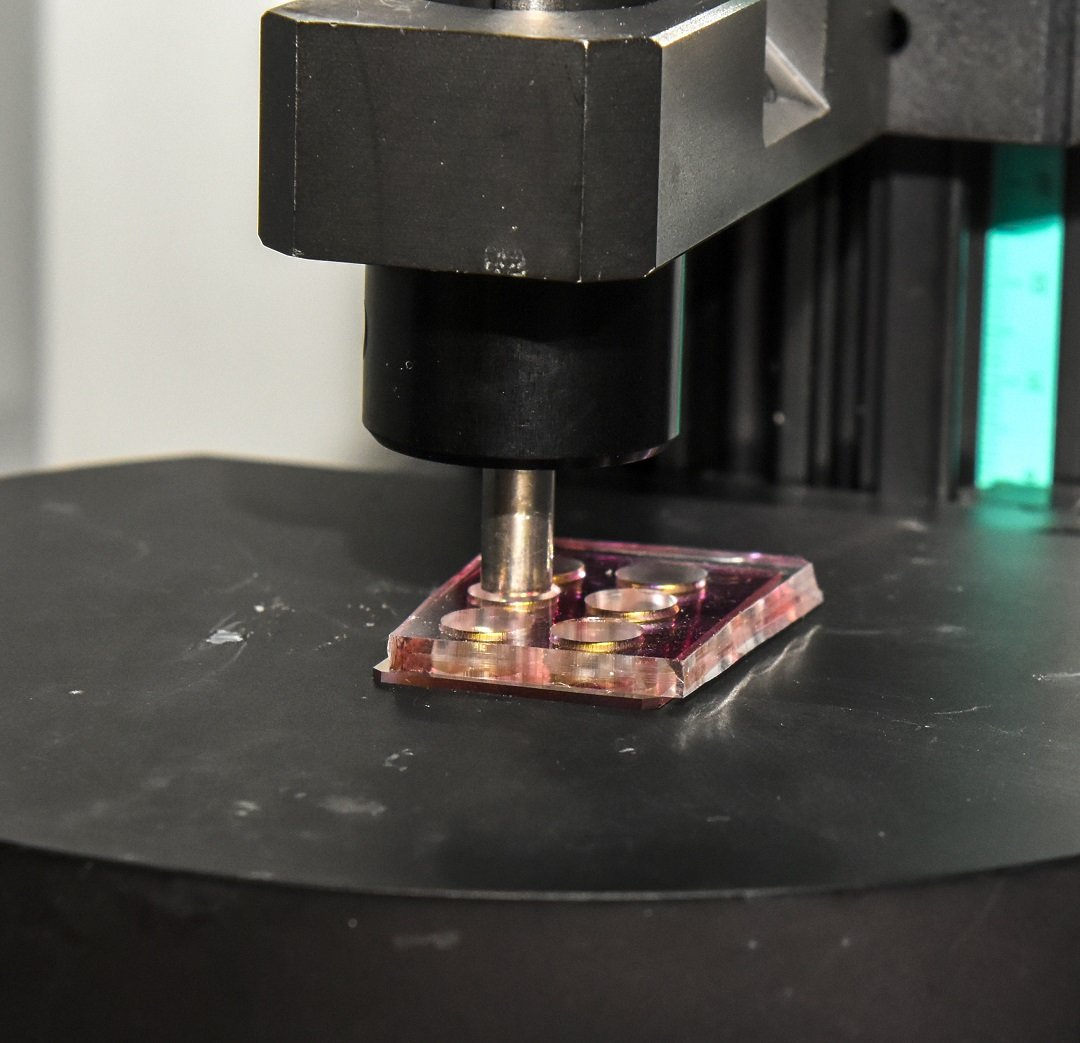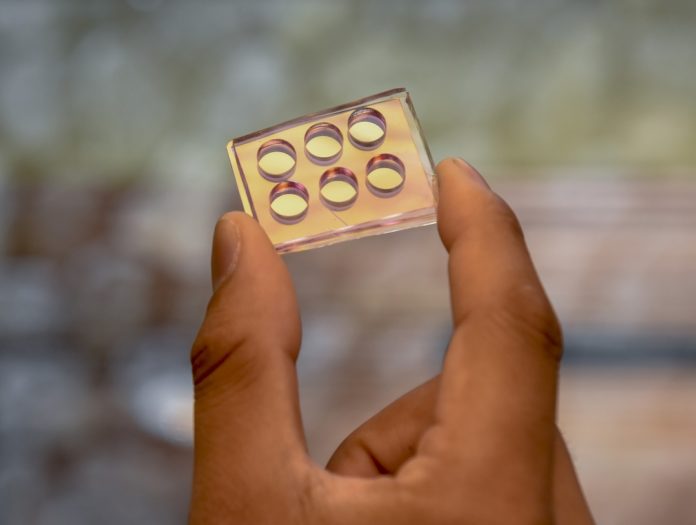Our immune system is consistently fighting against bacteria. Now, this consistent fight against bacteria has taken a new move with the announcement of a tool. There was an essential requirement of advancement to replace current antibiotics that have produced alarming headlines.
Scientists at the Okinawa Institute of Science and Technology Graduate University (OIST) have discovered a new way by observing a microbial structure called biofilms – bacterial cells that band together into a slimy matrix.
The one advantage of biofilm is that it offers resistance to conventional antibiotics. But this property can damage environment and industries; everything from tainting food production to clogging sewage treatment pipes.

Credit:
OIST
According to scientists, this issue can be addressed if finding the production process of biofilms. To do so, scientists examined how biofilms are produced by focusing on biofilm assembly kinetics – the biochemical reactions that allow bacteria to produce their linked matrix structure.
How these reactions function can tell a lot about what drugs and chemicals can be used to counteract them. Until now, there were no tools available to monitor biofilms growth, thus scientists created their one.
They created little chips with tiny structures for E. coli to grow on. The chips are then covered with mushroom shaped nano-structures with a stem of silicon dioxide and a cap of gold.
At the point when these nano mushrooms are liable to a focused on light emission, they assimilate it by Localized Surface Plasmon Resonance (LSPR). By estimating the distinction between light wavelengths entering and leaving the chip, the researchers could observations of the bacteria growing around the mushroom structures without disturbing their test subjects and affecting their results.

Dr. Riccardo Funari, the team’s resident biotechnologist said, “This is the first time we have used this sensing technique to study bacterial cells, but the problem we found was we couldn’t monitor it in real time.”
Getting a constant stream of data from their LSPR setup was possible but required a whole new set of software to make it functional. Thanks to Kang-yu Chu, his programming skills work out here.
Kang-yu said, “We made an automatic measuring program with instant analysis based on existing software, which let us process the data with one click. It greatly reduced the manual work involved and let us correct any problems with the experiment as they happen.”
Now, these three disciplines have combined to make a benchtop tool that can be used in virtually any laboratory, and there are plans to miniaturize the technology into a portable device that could be used in a huge array of biosensing applications.
Scientists have published their work in ACS Sensors.
